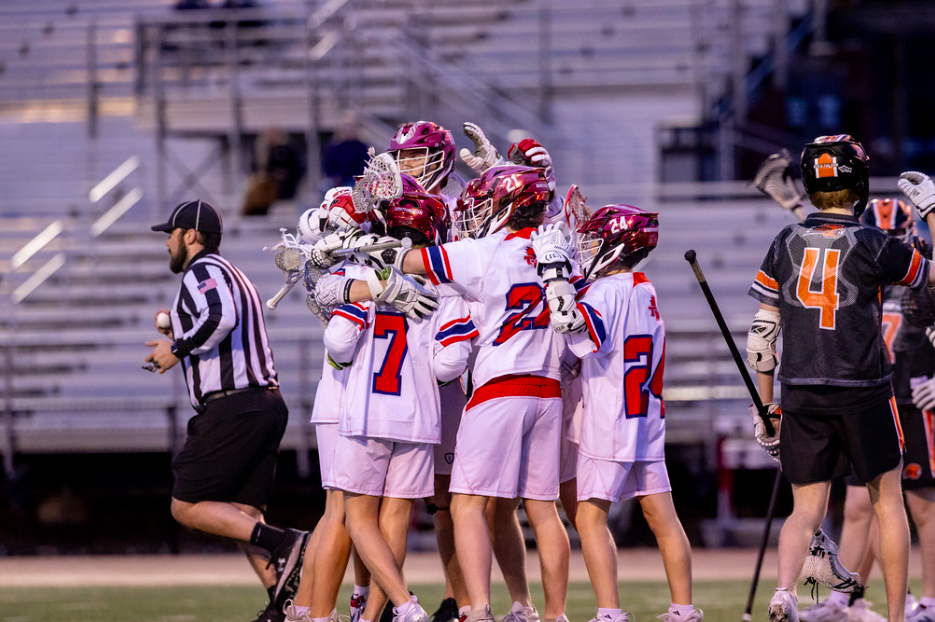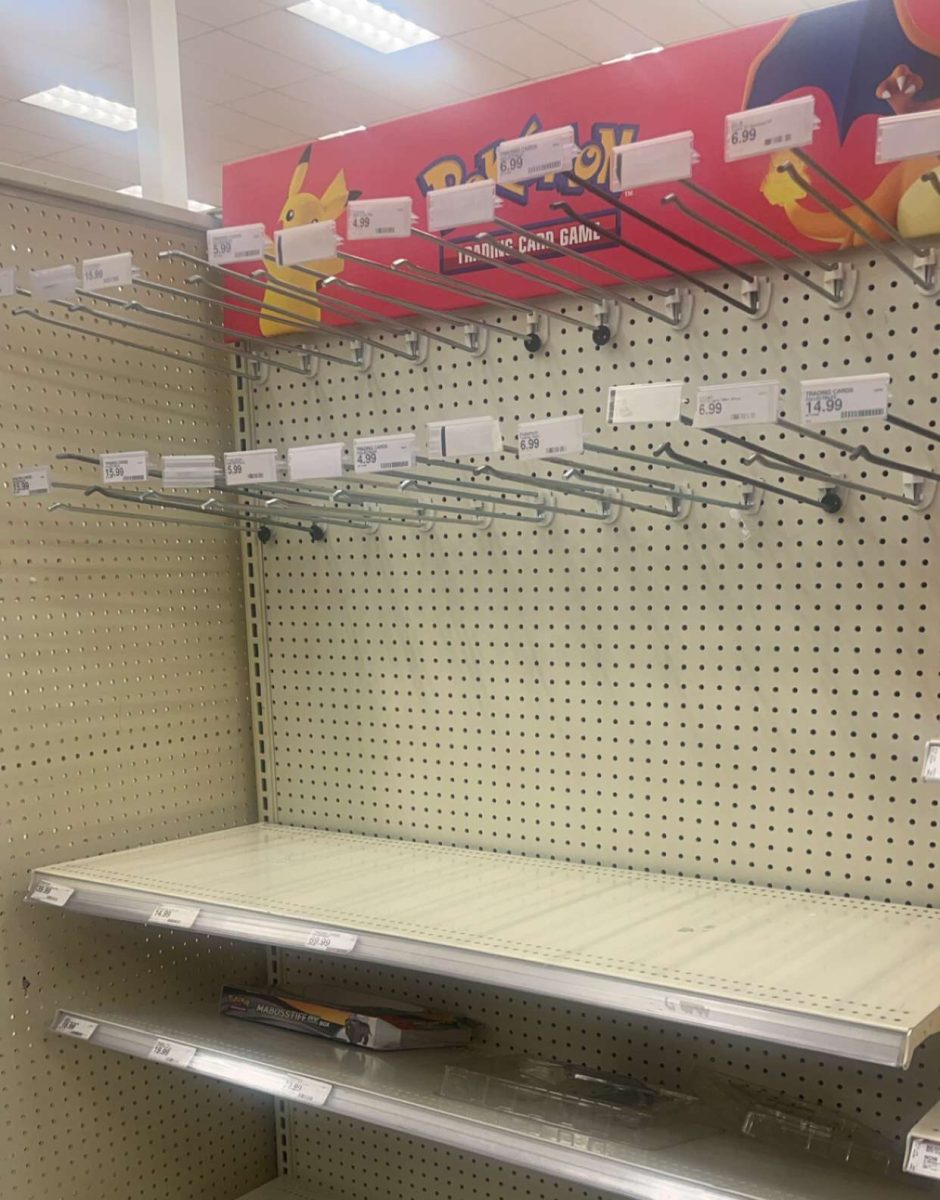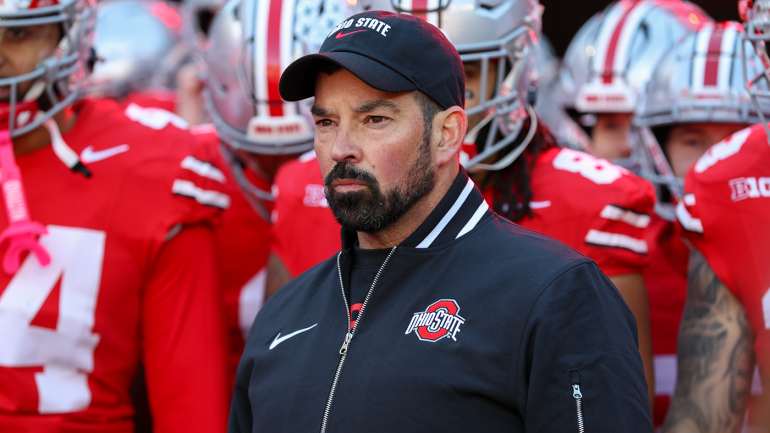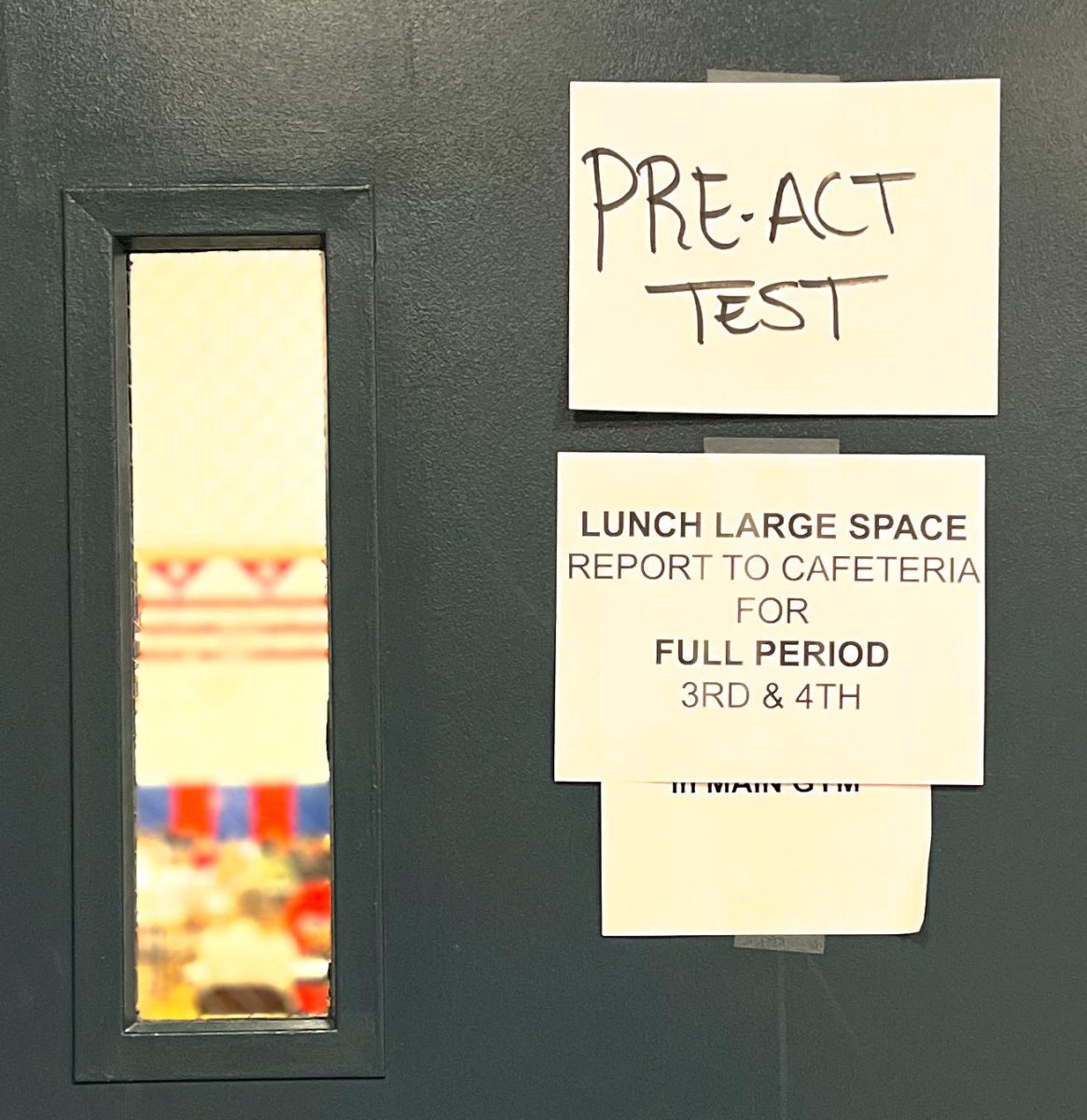The Pandemic Economy and the Potential Impact on the 2022 WCS Levy
How might the levy fare in uncertain economic times?
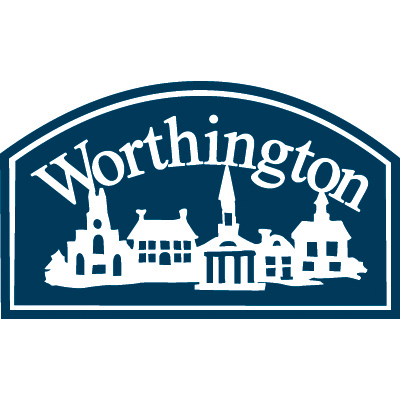
January 28, 2021
After Gahanna City Schools’ very close call on their school levy in the November 2020 election, what will Worthington’s 2022 levy look like from a community face with an economy fraught with the fallout from a global pandemic? Are there grounds for comparison between the slim margin of passage of Gahanna’s school levy and Worthington’s? Worthington School board and Facilities Task Force Phase 1 member, Nikki Hudson, explains the role of the economy in the 2022 levy decision, plans for construction, and promotion for the levy.
Following the election in November 2020, Central Ohio’s school issue levy for the Gahanna-Jefferson school district was originally passed by only 2 votes. Gahanna Superintendent, Steve Barret, was convinced that the COVID-19 pandemic played a role in so many not voting for the levy. With unemployment being higher than ever, he believed that people did not want their taxes to be raised.
“There is still a lot of unemployment. It is still around 8 percent in Ohio, and so we understand that this is a big levy. It is a costly levy and it is difficult for families to make choices,” said Barret in an interview with ABC 6’s, Lu Ann Stoia.
Gahanna’s close call raised the question of if the economy could still have an effect on Worthington’s school issue levy coming up in 2022.
Although worried about the effect the pandemic could have on the future, Hudson is hopeful that the place Gahanna was in when their school issue levy was on the ballot, will not be the same as the one Worthington will be in.
“It is difficult not to be worried about the unknown impacts of this pandemic. With that said, we hopefully will not be in the same position as Gahanna from a timing standpoint,” said Hudson.
When asked if she thinks a stronger economy is necessary for Worthington’s levy to pass or if she thinks the community will still vote for it, Hudson was optimistic in Worthington’s community support for public education, but was realistic in that a strong economy does correlate with a better levy passage rate.
“There has historically been strong support for public education in Worthington and I believe it still exists. With that said, the state of the economy logically impacts the passage rate and I believe it would be naive to think otherwise.”
In regard to Worthington’s construction plans for the levy, Hudson mentioned that the district has not yet chosen what type of construction bond they are putting on the ballot. Nor, have they chosen the priority of what should be funded.
“Our levies are for operational expenses. The district has yet to determine what type a construction bond may be put on the ballot. The next step is to form a Facilities Task Force Phase 2 and determine what needs to be funded (i.e. what construction should be prioritized).”
When asked how she and the district, Hudson discussed the importance of maintaining the programs in Worthington’s schools in order to provide a valued public education as grounds to support and promote the passage of the levy to the community.
“Our operating levies are necessary in order to maintain the programs in our schools. It is important that we continue to ensure that our community understands that this is how public education is funded in Ohio (locally levied property taxes), that we demonstrate that we are fiscally responsible and that we provide a public education that is valued by our community.”



